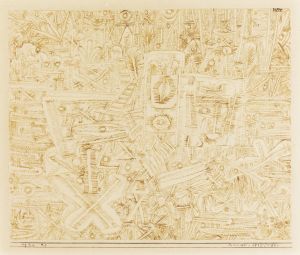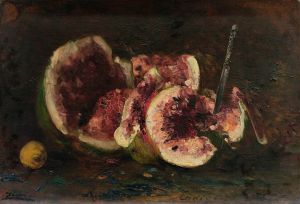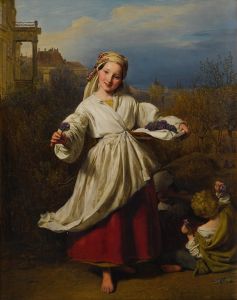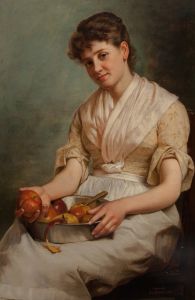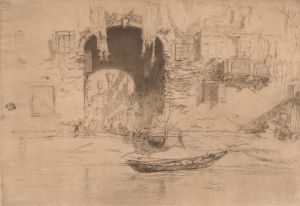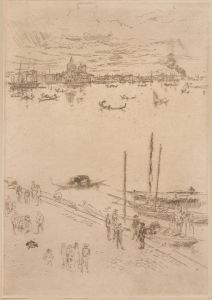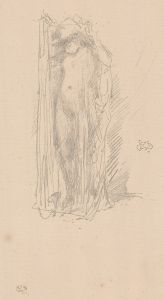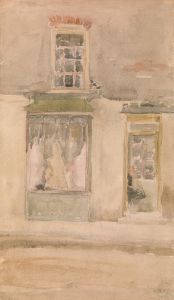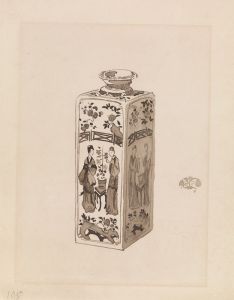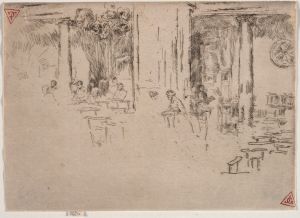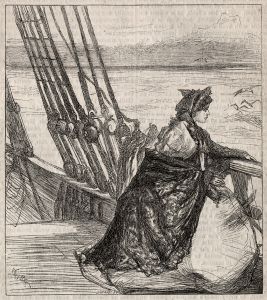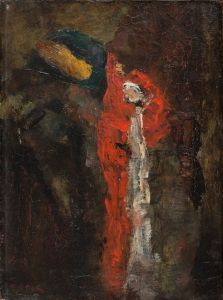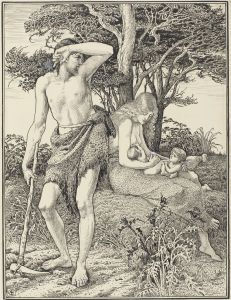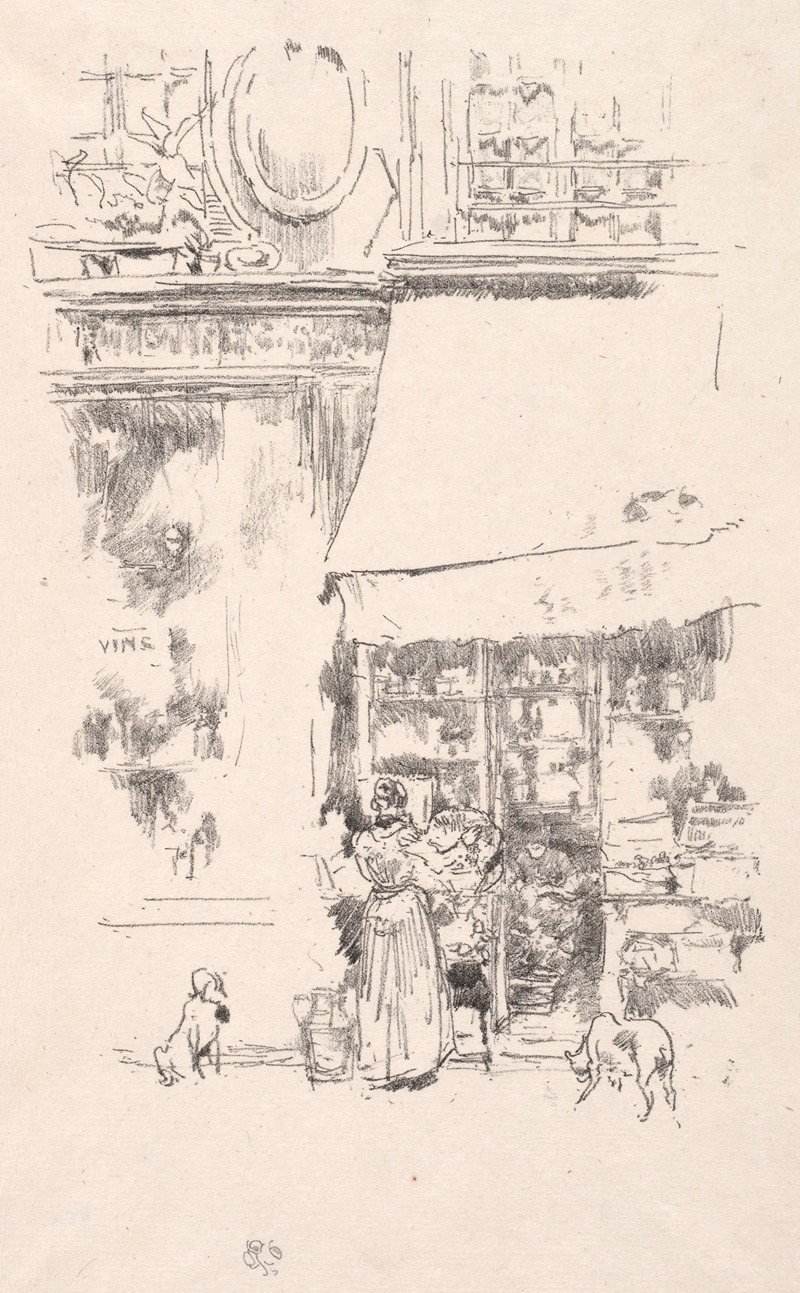
La frutière de la Rue de Grenelle
A hand-painted replica of James Abbott McNeill Whistler’s masterpiece La frutière de la Rue de Grenelle, meticulously crafted by professional artists to capture the true essence of the original. Each piece is created with museum-quality canvas and rare mineral pigments, carefully painted by experienced artists with delicate brushstrokes and rich, layered colors to perfectly recreate the texture of the original artwork. Unlike machine-printed reproductions, this hand-painted version brings the painting to life, infused with the artist’s emotions and skill in every stroke. Whether for personal collection or home decoration, it instantly elevates the artistic atmosphere of any space.
James Abbott McNeill Whistler was an American artist known for his paintings and etchings, particularly those that reflect his interest in the aesthetic movement and his belief in "art for art's sake." Among his works, "La frutière de la Rue de Grenelle" is one of the lesser-known pieces, and unfortunately, there is limited information available about this specific painting.
Whistler was born in Lowell, Massachusetts, in 1834 and spent much of his life in Europe, where he became a prominent figure in the art world. He was known for his innovative style and his ability to capture the subtleties of light and color. Whistler's work often focused on everyday scenes and people, which he rendered with a unique sense of composition and tonal harmony.
"La frutière de la Rue de Grenelle" translates to "The Fruit Seller of Rue de Grenelle," suggesting that the painting likely depicts a scene involving a fruit seller in the Rue de Grenelle, a street in Paris. Whistler spent a significant amount of time in Paris, where he was influenced by the works of the French Impressionists and other contemporary artists. His time in Paris was crucial in shaping his artistic style, which combined elements of realism with a more abstract, aesthetic approach.
Whistler's paintings often feature a delicate balance of color and form, with an emphasis on mood and atmosphere rather than detailed representation. This approach can be seen in his famous works such as "Arrangement in Grey and Black No. 1" (commonly known as "Whistler's Mother") and his series of "Nocturnes," which capture the beauty of the night in subtle tones.
While specific details about "La frutière de la Rue de Grenelle" are scarce, it is likely that the painting reflects Whistler's interest in capturing the essence of urban life and the character of the people within it. His works often portray a sense of quiet observation, focusing on the beauty of everyday moments.
Whistler's influence on the art world was significant, and his works continue to be studied and admired for their innovative use of color and composition. He was a key figure in the transition from the realism of the 19th century to the more abstract and expressive styles of the 20th century.
In summary, while detailed information about "La frutière de la Rue de Grenelle" is limited, it can be appreciated as part of Whistler's broader body of work, which captures the beauty and complexity of everyday life through a distinctive artistic lens.






